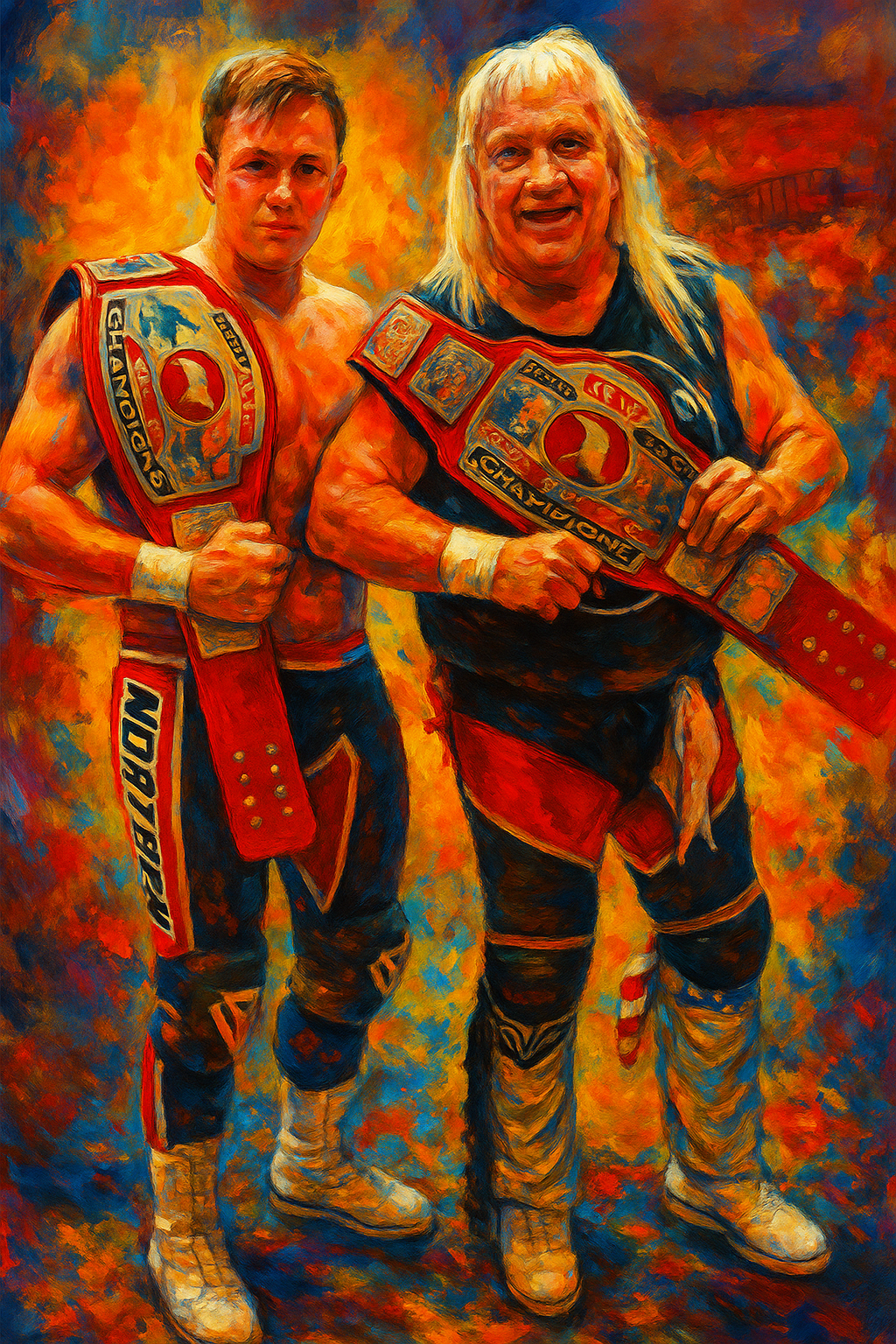In the fast-paced world of independent professional wrestling, talent is everywhere. From the hills of Appalachia to the streets of Chicago, hundreds of hard-working men and women step into the ring every weekend to chase the dream. But there's a critical career mistake too many wrestlers make—and it’s not about in-ring ability, character work, or even gear.
It’s geography.
Too often, wrestlers fall into the trap of working for multiple promotions within the same tight geographic radius. On paper, it might seem like a smart move: more bookings, more exposure, more reps. But in reality, this habit does more harm than good—not just to the wrestler, but to the promotions they work for.
When a wrestler appears on every card within a 50-mile radius, they lose their allure. Fans begin to see them as a local fixture rather than a must-see attraction. Their entrance doesn’t pop the crowd—it just signals the next match in a long string of familiar faces. Worse yet, it makes it incredibly hard for any promotion to build a unique brand identity around that wrestler.
From a promoter’s standpoint, it becomes nearly impossible to present you as special when the same fans just saw you down the road last week, perhaps even in a different role (heel one night, face the next). This lack of exclusivity kills the buzz and weakens ticket sales. If a top guy is working every local show, there’s no incentive for fans to follow one promotion over another. The draw disappears.
Now imagine this: instead of wrestling for four promotions in your home region, you align exclusively with one. You become their guy in that area. You’re the face fans associate with that brand. Promoters can confidently invest in your storylines, merchandise, and promotional material knowing they won’t see you wrestling the opening match for a rival company ten miles away.
Then you branch out. Maybe it’s another part of your state. Maybe it’s a neighboring state. In each new territory, you form a new exclusive relationship—maximizing your bookings without overlapping markets. That’s how careers are built. That’s how territories used to thrive.
This strategy:
-
Protects your character and mystique
-
Elevates your value as a draw, because you’re not overexposed
-
Encourages promotions to invest in you long-term
-
Expands your name recognition to new fanbases
- Opens doors to future opportunities—including TV, bigger indies, or national contracts
The goal shouldn’t just be to get booked—it should be to get over, stay over, and get booked smarter. Spreading yourself thin in one small region may fill your calendar today, but it limits your growth tomorrow. You become just another name on the card rather than a featured star.
Branching out forces you to adapt to new crowds, new opponents, and new expectations. It tests your versatility and pushes you to grow. More importantly, it positions you as a professional who understands the business—not just a weekend warrior chasing the next cash envelope.
In a world where every promotion is trying to stand out and every wrestler is fighting for attention, your geography may be the most underutilized weapon in your arsenal. Don’t just be the local guy who’s on every show in town. Be the exclusive attraction that fans travel to see.
Promoters will thank you. Your brand will thank you. And your career will rise to a whole new level.
If you're a promoter, encourage exclusivity. If you're a wrestler, seek it out. Respect your value—and make sure the crowd does too. Until next time, so long!





